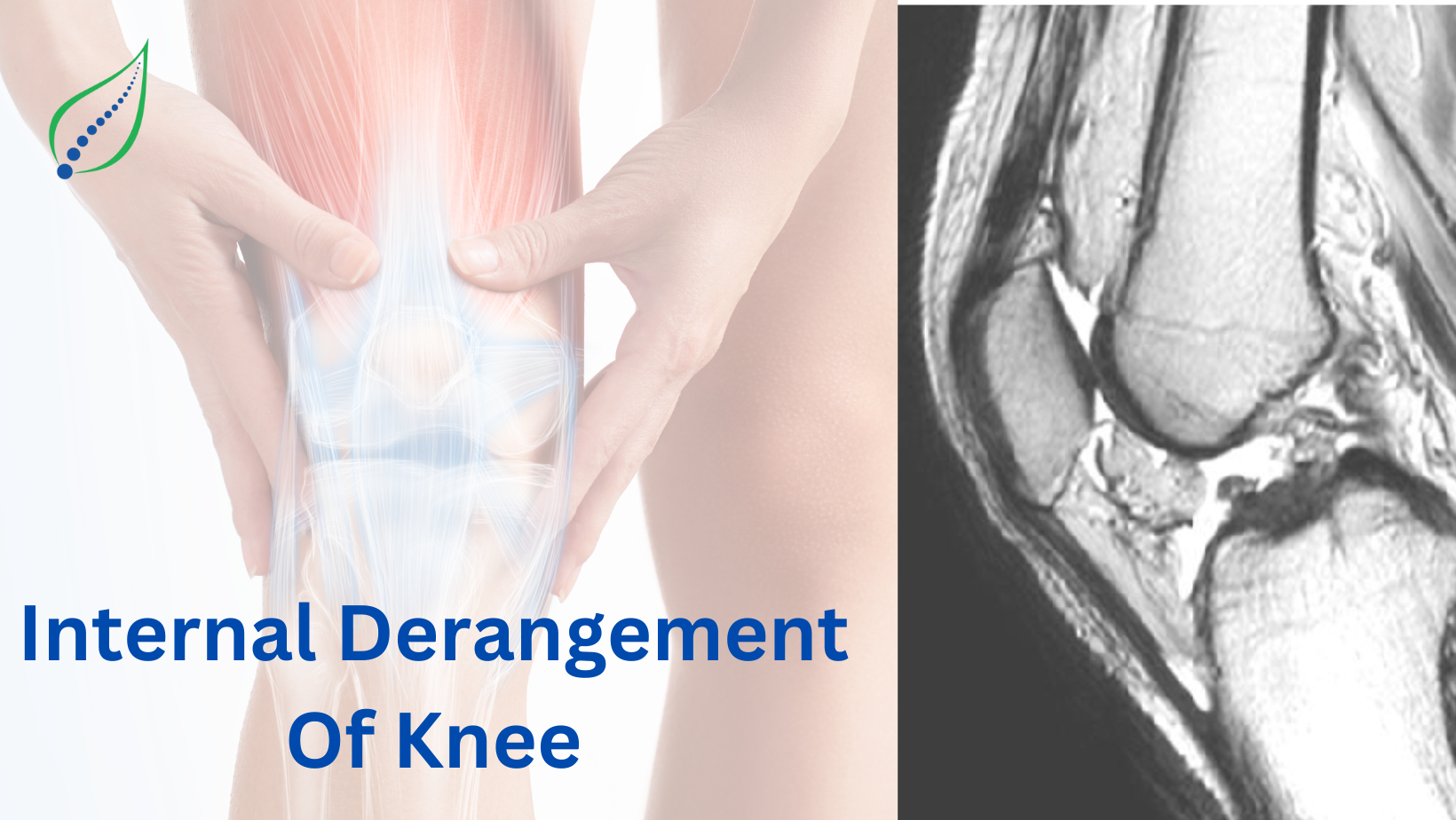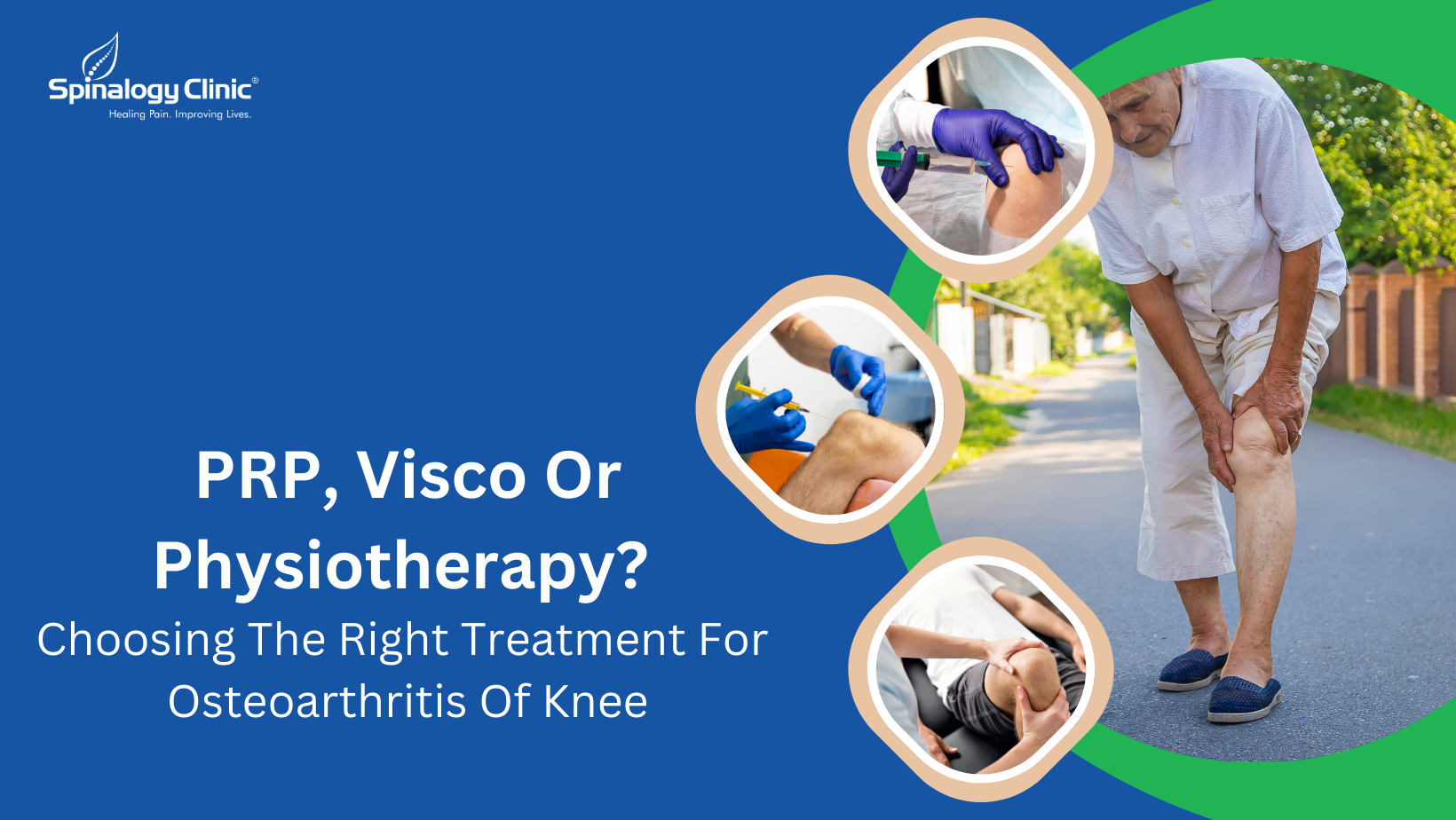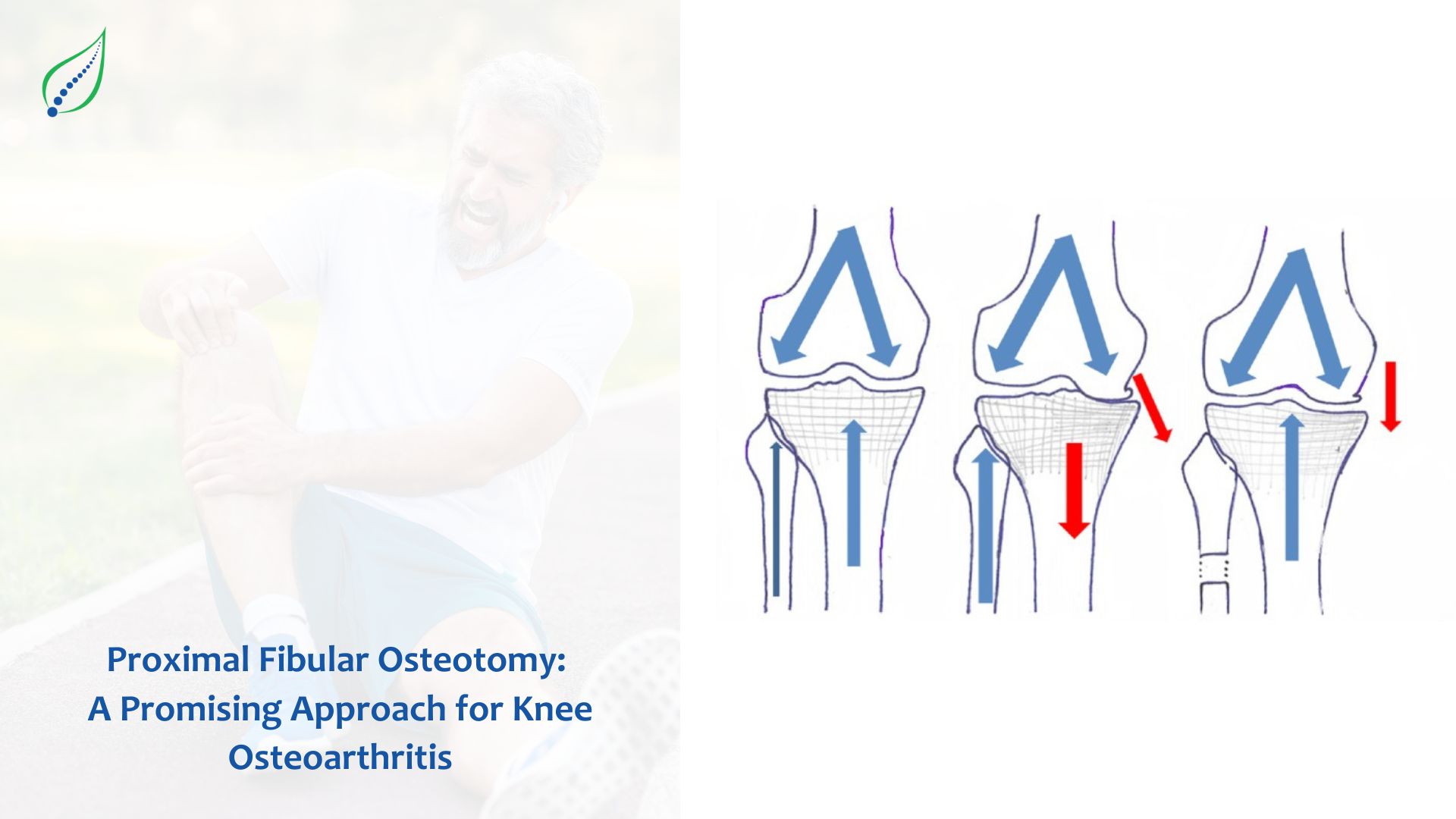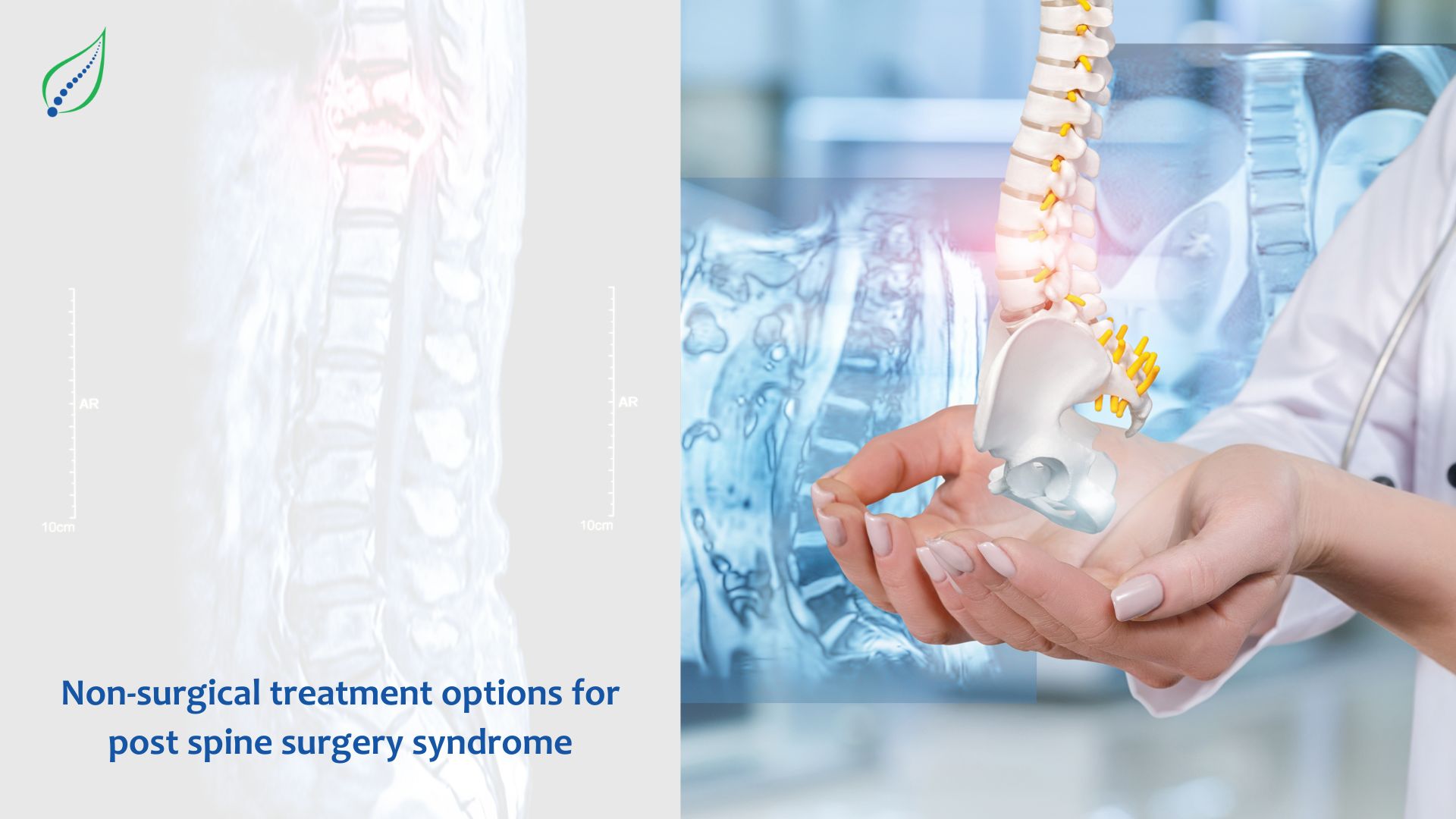Internal Derangement Of Knee
Damaged collateral ligaments, torn meniscus, ACL tear & appearance of loose bodies within the knee joint contribute to internal derangement of the knee that mostly occurs due to chronic overuse or external trauma.
Internal Derangement of knee is a chronic condition which interferes with the normal functioning of knee joint due to any mechanical cause. Knee joint is a complex joint bear’s whole-body weight. Internal derangement may be due to several things such as injured ligament, loose pieces of bone or cartilage in knee joint, or meniscal tear.
Symptoms of IDK may include and vary from person to person
- Pain during movement
- Redness
- Warmth on Touch
- Swelling with stiffness of joint
- Instability or weakness of muscles or ligaments
- Painful flexion and extension
- Improper posture
- Walking difficulty
- Crepitus sound
- Buckling of knee
- Deformity of knee
Causes: There are several causes in internal derangement of knee.Common are,
- Meniscal Tear
- Injury
- Squatting
- Climbing stairs
- Crouching
- Mechanical Issues
- Knee Arthritis
How to diagnose IDK?
Diagnosis can be made depending on certain examinations, tests and movements of knee. Also, can be diagnosed with certain investigations like X-RAY, MRI, CT scan and certain lab test related to arthritis.
Non-Surgical Treatment:
IDK can be treated by non-surgical ways with various treatment modalities:
- Medications: Some over the counter pain relievers like pain killers (NSAID’s), corticosteroids for pain relief
- RICE-RICE protocol (Rest, Ice Fomentation, Compression and Elevation): In acute case of IDK.
- Physical Therapy: Manual mobilizations and exercises protocol helps in knee joint mobility and strengthening of knee ligaments.
- Electrotherapy: Electrotherapy like IFT, ultra sound therapy, TENS can be given to reduced pain.
- Injections: Some of your doctors may suggest you for local injections at targeted areas like corticosteroid, hyaluronic acid to reduce friction and pain with increase in mobility.




